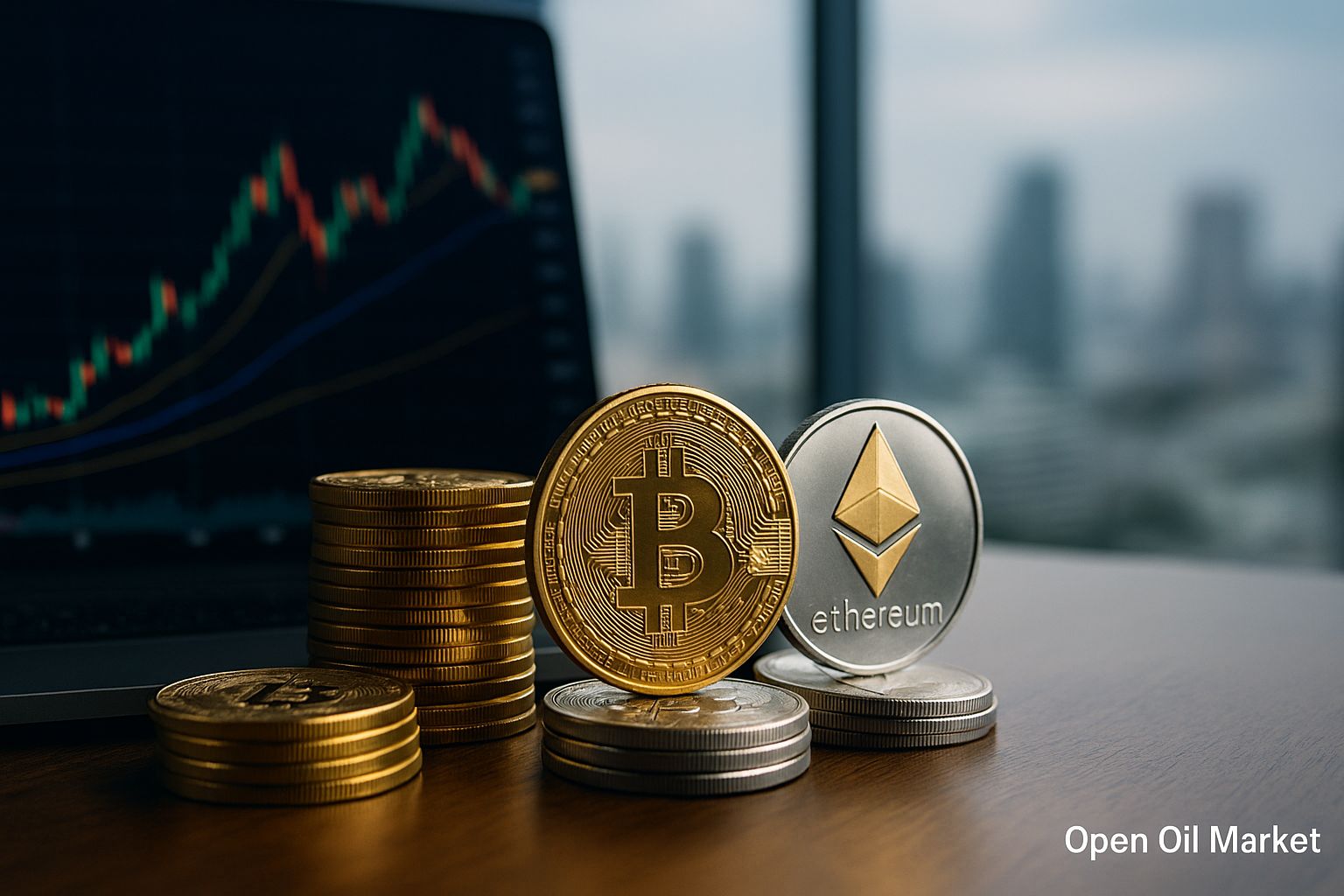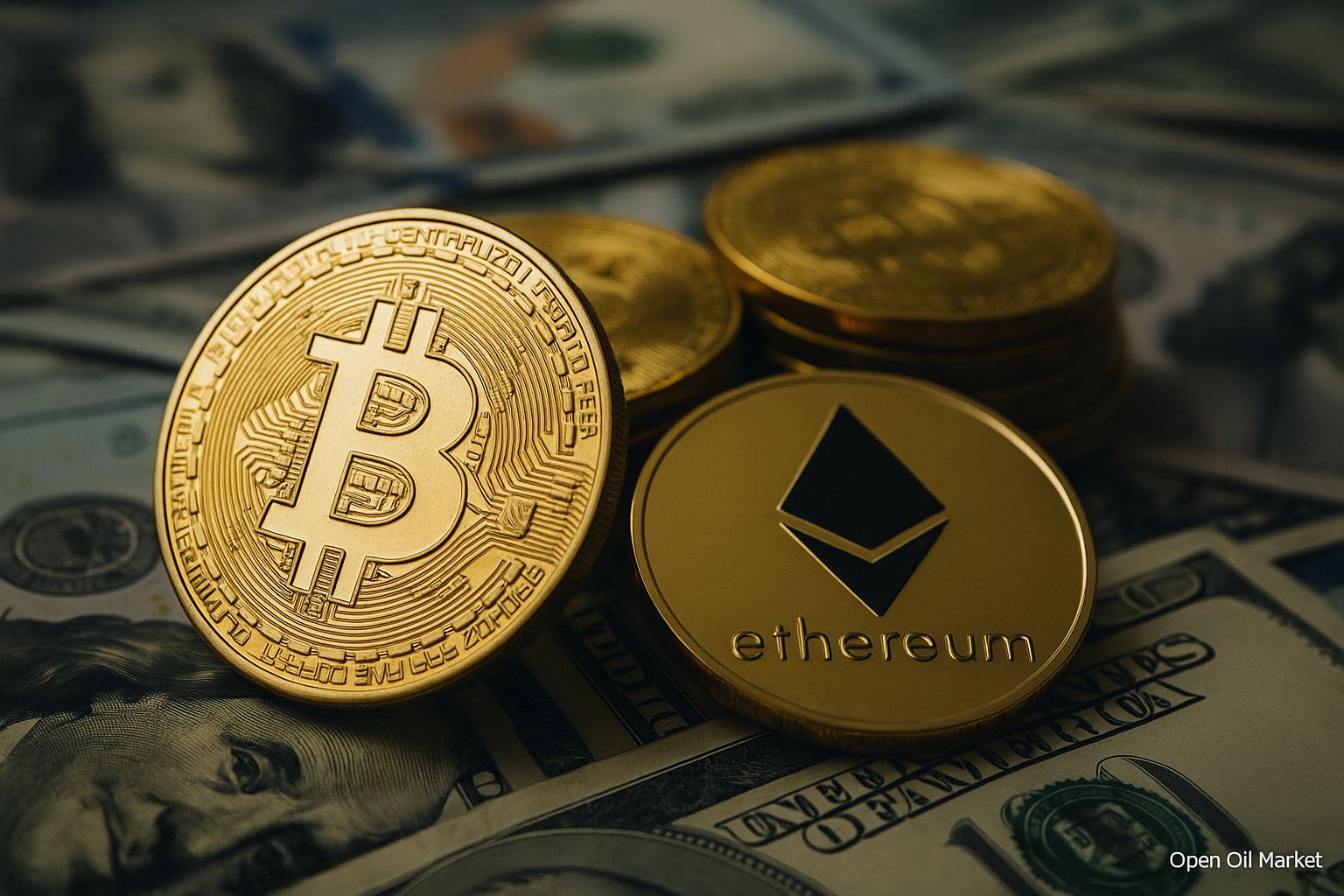
Latest Startup and Venture Capital News for Thursday, November 20, 2025: The Return of Mega Funds, Massive AI Rounds, IPO Revival, M&A Wave, Renewed Interest in Crypto Startups, and New Unicorns. A Detailed Overview for Venture Investors and Funds.
By the end of November 2025, the global venture market is showing a robust recovery following the downturns of recent years. According to industry analysis, total venture capital investments reached approximately $97 billion in the third quarter of 2025, marking a nearly 38% increase from the previous year and the best quarterly performance since 2021. The prolonged period dubbed the "venture winter" of 2022–2023 appears to be behind us, with a significant acceleration in private capital flowing into technology startups. Notable financing rounds and the launch of new mega funds signal a resurgence of investors' risk appetite, although they remain selective and cautious in their investments.
The rise in venture activity spans nearly every region of the world. The United States continues to lead, particularly in the rapidly evolving AI sector. In the Middle East, investment volumes have nearly doubled year-on-year, while Germany has overtaken the United Kingdom for the first time in a decade in terms of total venture capital in Europe. In Asia, the robust growth in India and Southeast Asia compensates for a relative downturn in China. Emerging tech hubs are also forming in Africa and Latin America. The startup ecosystems in Russia and the CIS are striving to keep pace despite external constraints. In general, the global market is gaining strength, although investors continue to favor the most promising and resilient projects.
- The Return of Mega Funds and Large Capital. Leading venture firms are forming record funds and once again injecting significant capital into the market, reigniting the appetite for risk.
- Record Rounds in AI and a New Generation of Unicorns. Mega funding rounds in artificial intelligence are driving company valuations and spawning a wave of new unicorns—startups valued at over $1 billion.
- The Revival of the IPO Market. Successful public offerings of tech companies and new listing applications confirm that the long-awaited "window" for exits is once again open.
- Diversification of Sector Focus. Venture capital is being directed not only into AI but also into fintech, climate projects, biotechnology, space, and defense developments—broadening the investment horizon.
- A Wave of Consolidation and M&A. Major mergers and acquisitions are reshaping the industry, creating new opportunities for profitable exits and accelerated company growth.
- Renewed Interest in Crypto Startups. Following a protracted "crypto winter," blockchain projects are once again attracting substantial funding and attention from venture funds and corporations.
- Local Focus. New funds and programs are being launched in Russia and neighboring countries to develop local startups, gradually attracting investor interest despite geopolitical constraints.
The Return of Mega Funds: Big Money Back in the Market
The largest investment funds and institutional players are returning to the venture arena, signaling a new wave of interest in risky investments. Following a decline in VC fundraising during 2022–2024, leading firms are resuming capital attraction and launching mega funds, demonstrating confidence in the market’s prospects. For example, the Japanese conglomerate SoftBank is establishing its third Vision Fund with a target of around $40 billion, focusing on advanced technologies, including artificial intelligence and robotics. In the U.S., Andreessen Horowitz is assembling a record-sized venture fund of approximately $20 billion, focusing on investments in late-stage AI startups. Similarly, sovereign wealth funds from Gulf countries are becoming active, pouring billions into high-tech projects and developing their tech hubs.
Concurrently, dozens of new venture funds are emerging across many regions, attracting significant institutional capital for tech company investments. The resurgence of such large "mega structures" means that startups have more opportunities to secure funding for growth, and competition among investors for the best deals is significantly intensifying.
Record Investments in AI: A New Wave of Unicorns
The artificial intelligence sector has become the main driver of the current venture upswing, showcasing record levels of funding. It is estimated that approximately half of all venture capital raised in 2025 will go to companies working in AI. Global investments in artificial intelligence this year may exceed $200 billion—an unprecedented level for the industry. This frenzy is attributed to the promise that AI technologies hold for dramatically enhancing efficiencies across various fields—from industrial automation and transportation to personal digital assistants—opening up multi-trillion-dollar new markets. Despite concerns over potential market overheating, funds continue to ramp up investments, fearing they may miss out on the next technological revolution.
The unprecedented influx of capital is accompanied by its concentration among leaders. The lion’s share of funds is directed toward a handful of companies capable of becoming defining players in the new AI era. For instance, California-based startup OpenAI has raised approximately $13 billion in total funding, while French company Mistral AI has secured around $2 billion, and Jeff Bezos's new initiative Project Prometheus is launching with an initial capital of $6.2 billion. Such mega rounds sharply elevate the valuations of these companies, forming a new cohort of "super unicorns." Although these deals inflate valuations and fuel discussions of a bubble, they also focus enormous resources on the most promising directions, laying the groundwork for future breakthroughs. In recent weeks, dozens of companies worldwide have announced significant rounds, including British platform Synthesia (which raised $200 million at a valuation of ~$4 billion to develop AI-based video generation technology) and American cybersecurity developer Armis (which secured $435 million in a pre-IPO round at a valuation of $6.1 billion).
Revival of the IPO Market: The Window for Exits is Open Again
Against a backdrop of rising valuations and capital influx, tech companies are once again actively preparing to go public. After nearly two years of stagnation, there has been a surge in IPOs as a key mechanism for venture investors' exits. A series of successful initial public offerings in 2025 confirms that the long-awaited "window of opportunity" for exits has reopened. For instance, in the U.S., the number of IPOs since the beginning of the year has already exceeded 300, reflecting a significant increase compared to 2024, with shares of several debutants showing strong growth. Positive signals are also emerging in developing markets: Indian edtech unicorn PhysicsWallah debuted on the stock market in November with an impressive price increase of over 30% on its first day of trading, serving as an encouraging indicator for the entire edtech sector.
The success of recent public offerings is restoring investors’ confidence in the market’s capacity to absorb new tech issuers. Following the initial "sentinels," several large private companies have announced IPO plans, eager to capitalize on the favorable environment. Even giants like OpenAI are considering a public offering in 2026 with a potential valuation in the hundreds of billions, an unprecedented event for the venture industry if it materializes. In general, the revival of the IPO market is broadening the horizons for investment exits, easing the return of capital for venture funds and sparking a new cycle of investments in startups.
Diversification of Sectors: Expanding Investment Horizons
In 2025, venture investments are covering a much wider range of sectors and are no longer limited to artificial intelligence alone. After last year’s downturn, the fintech sector has notably revived: new fintech startups are attracting substantial rounds, especially in payment systems and decentralized finance. There is strong growth in climate and "green" technologies amid the global demand for sustainable development—investors are funding projects from renewable energy to carbon capture technologies.
Additionally, interest in biotechnology and medtech is returning: large funds, especially in Europe, are forming specialized funds to support pharmaceutical and medical startups. Space technology and defense projects are also gaining attention—geopolitical factors and breakthroughs in private space exploration are motivating investments in satellite systems, rocket construction, drone technology, and defense AI solutions. Thus, the investment focus of venture capital has significantly widened, enhancing the resilience of the market—if the hype surrounding AI slightly diminishes, other sectors are ready to pick up the baton of innovation.
A Wave of Consolidation and M&A: The Industry is Being Redrawn
High startup valuations and increasing competition are prompting companies to seek synergy through mergers and acquisitions. In 2025, a new wave of consolidation has emerged: large tech corporations are once again actively pursuing acquisitions, and mature startups are merging to strengthen their market positions. Such deals are reshaping the industry landscape, allowing for the establishment of more resilient business models and providing investors with the long-awaited exits.
In recent months, a number of notable M&A deals have captured the attention of the venture community. For instance, American IT giant Cisco announced its acquisition of a startup specializing in AI translation, integrating new technologies into its products. Other corporations are not lagging behind: strategic investors from the finance and industrial sectors are acquiring promising fintech and IoT companies, eager to access their developments and client bases. At the same time, some unicorns are preferring to merge among themselves or sell to major players to collaboratively mitigate escalating costs and accelerate scaling. For venture funds, this wave of consolidation opens new exit pathways—successful M&A transactions often yield substantial profits and validate the viability of invested business models.
Renewed Interest in Crypto Startups: The Market Revives After the "Crypto Winter"
Following a prolonged decline in interest towards cryptocurrencies and blockchain projects—known as the "crypto winter"—the situation began to change in 2025. Venture investments in crypto startups have significantly increased: it is estimated that the total volume of funding for blockchain projects this year has surpassed $20 billion, more than double the amount in 2024. Investors are once again showing interest in infrastructure solutions for the crypto market, decentralized finance (DeFi), blockchain platforms, and Web3 applications.
Major Silicon Valley funds and even conservative players are returning to this segment. In recent weeks, several crypto and DeFi startups have attracted funding rounds from notable investors. For example, the venture division of brokerage firm Robinhood and Peter Thiel's Founders Fund participated in the financing of promising blockchain platforms. By year-end, the total venture investments in cryptocurrency projects could approach a record $25 billion. This indicates that the industry is experiencing a kind of renaissance: after the market was cleansed of speculation, the focus has shifted to real use cases of blockchain, which attracts "smart money." As a result, a number of crypto startups are once again vying for unicorn status, and some exchange and infrastructure projects have already reached billion-dollar valuations.
Local Focus: Russia and CIS Countries
Despite global constraints, active steps are being taken in Russia and neighboring countries to develop local startup ecosystems. Both government and private institutions are launching new funds and initiatives aimed at supporting early-stage technology projects. For instance, the authorities in St. Petersburg discussed the creation of a city venture fund in November to finance promising high-tech companies, akin to the model implemented in the Republic of Tatarstan with a capital fund of 15 billion rubles. Furthermore, large corporations and banks in the region are increasingly stepping in as investors and mentors for startups, developing corporate accelerators and venture divisions.
In addition to government efforts, the entrepreneurial community is significantly revitalizing. International technology forums and summits are being held (such as the recent Moscow AI Journey 2025), which attract attention to local innovations and establish bridges between Russian developers and global investors. All of this occurs against the backdrop of a push for technological sovereignty—local startups are adapting to new conditions and seeking niches where they can compete at the global level. Gradually, investor interest in the region is returning: the first cases of successful funding rounds and exits are appearing even in the current challenging environment. Thus, the local market is striving to keep pace with global trends, laying the foundation for future growth and integration into the global startup ecosystem.




